Most people visit Lazio because of its proximity to Rome, the ‘eternal city’ isn’t the only good reason to take a trip to this region. Food, wine, landscapes… Lazio has it all.
Our Choices from Lazio
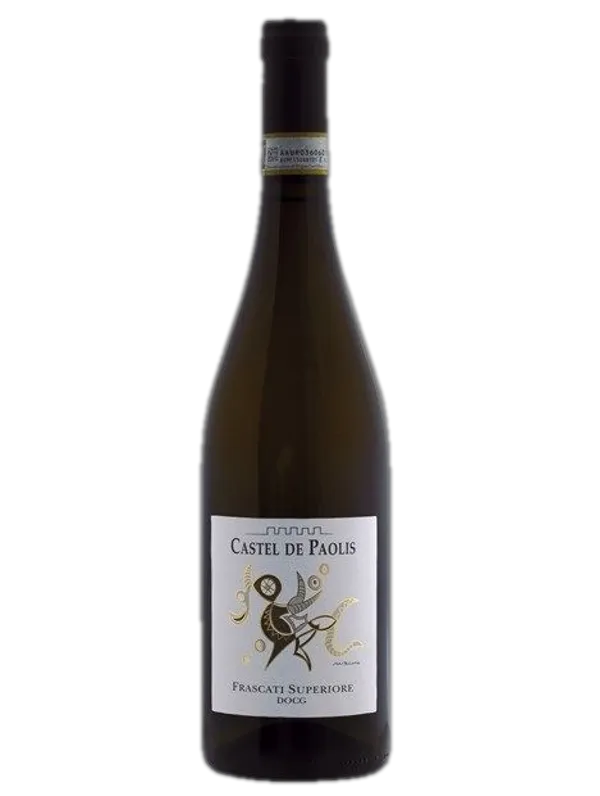
Castel de Paolis, Frascati Superiore
A vibrant 2019 Frascati Superiore, boasting a bouquet of tropical fruits mingled with floral and zesty lime highlights. The palate enjoys a long, mineral-rich and saline finish, perfect for any occasion.
Read more
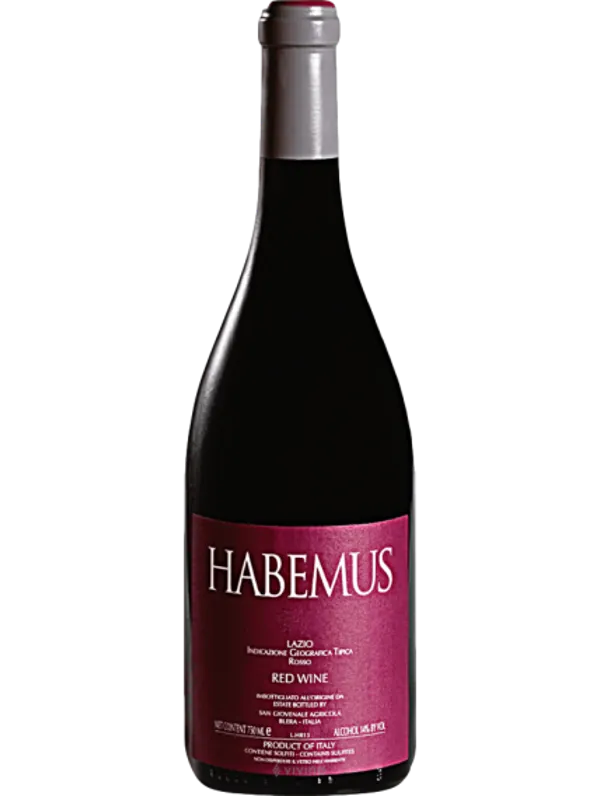
San Giovenale Habemus Red Label
Aromatic notes of red cherry, plum, and earth, the palate reveals soft tannins, hints of smoky herbs and enduring berry flavors. Pairs excellently with tomato-based pastas and a variety of cheeses.
Read more
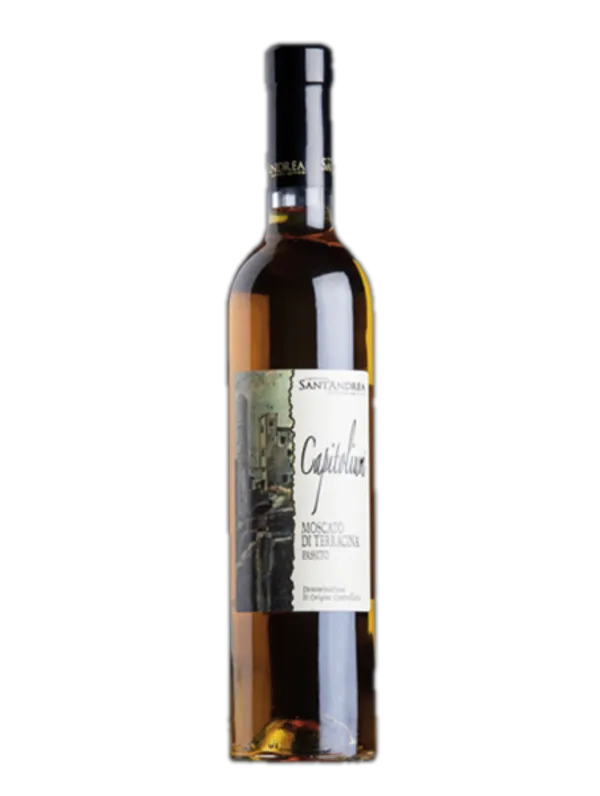
Cantina Sant’Andrea Capitolium Moscato di Terracina Passito
Luscious sweet Moscato from Lazio. Floral aromas, honeyed palate. Ideal for desserts. Cantina Sant’Andrea.
Read more
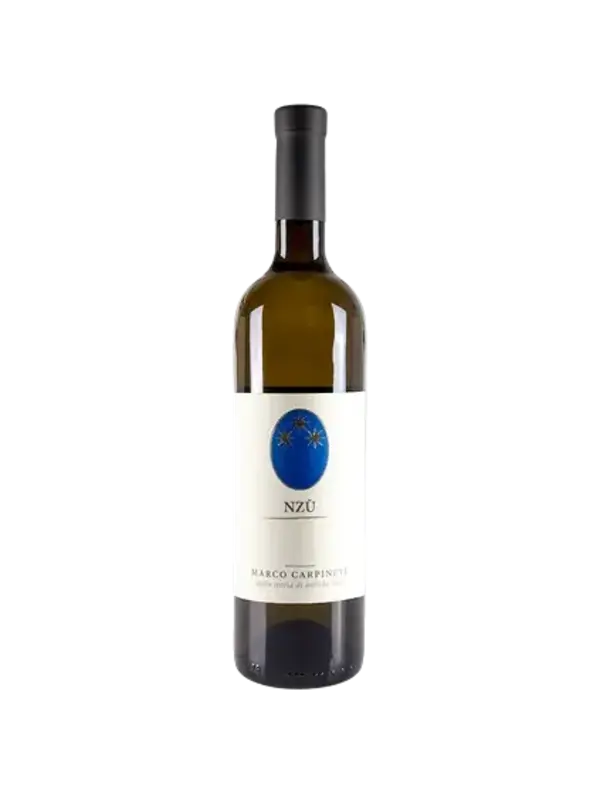
Marco Carpineti NZÙ Bellone
Pale yellow with orange hints, aromatic white flowers, sweet spices, aged in handmade Cori amphoras
Read more
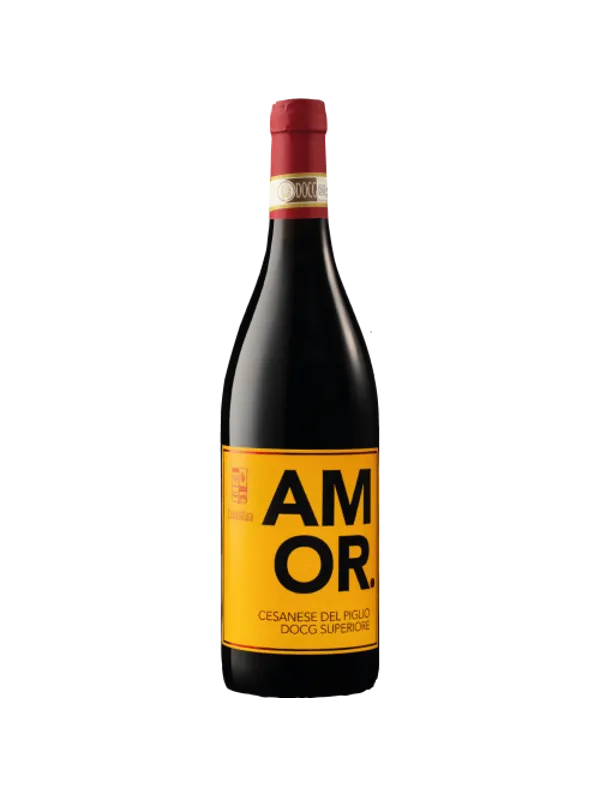
L’Avventura Amor Cesanese del Piglio Superiore
Full-bodied Cesanese with spicy cherry notes, ample tannins, and a round finish
Read more

Poggio Alla Meta Piluc
Indulge in this complex orange wine with notes of peach, apricot, and a unique blend of flavors.
Read more
Lazio's key Wine Areas
Frascati
Frascati is located south-east of Rome and is one of Lazio’s most famous wine regions. Frascati produces both still and sparkling wines since 5.000 BC. Although different grape varieties are allowed in the production of Frascati, the two most common are Trebbiano and Malvasia.
Marino
The Marino area is located south-east of Rome and owes its name to a hilltop medieval castle. The Marino vineyards are close to the sea, whose winds help to create beautiful, full bodied wines. Surprisingly, Marino is one of the very few wines that can be paired well with artichokes.
Cesanese del Piglio
Cesanese del Piglio is a red wine made from at least 90% Cesanese. The remaining 10% is made of other Lazio grape varieties, chosen to balance the acidity and enhance the aroma of the wine.
Orvieto Doc
Although the greater part of the Orvieto wine region is found in Umbria, some of it extends to Lazio. Orvieto is home to some of the region’s most known white wines. The Lazio part of Orvieto is home to Orvieto Classico - or the original area of Orvieto. It typically consists of Grechetto and Trebbiano.
Food Parings
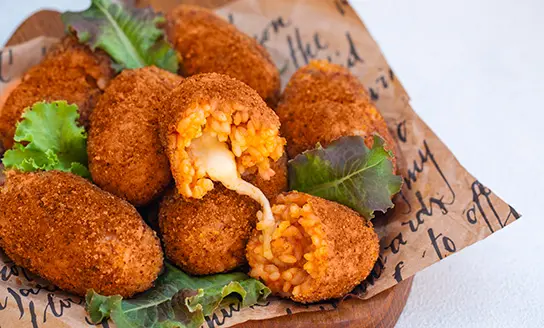
Starter: Supplì
Small balls of rice cooked in a ragù sauce and fried. Each supplì is then stuffed with mozzarella.
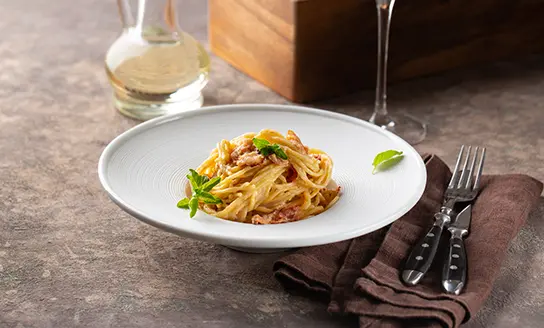
Main course: Pasta alla Carbonara
The most famous of all Rome’s pasta dishes. Carbonara is made of guanciale (a traditional cured piece of pig’s cheek), eggs, and parmesan.
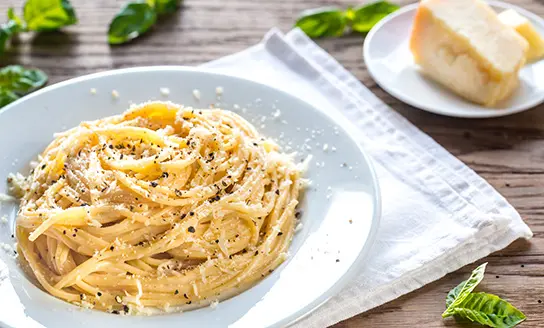
Main course: Pasta Cacio e Pepe
A simple but delicious pasta dish. Black pepper and Pecorino Romano are emulsified to create one of the most famous pasta sauces.
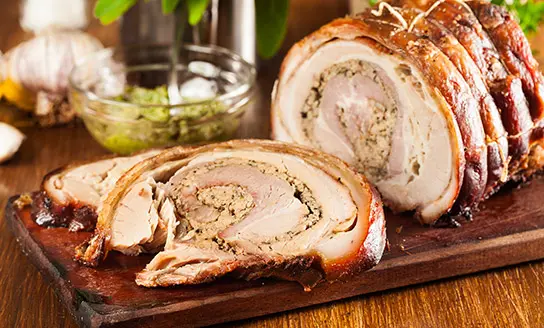
Second course: Porchetta
Porchetta consists in a whole pig stuffed with typical herbs, garlic, and, sometimes fennel. The pig is then roasted and served in pieces or slices.

Dessert: Maritozzi
Maritozzi: Small and sweet buns filled with cream and studded with raisins, candied orange peel, and pine nuts.
Lazio’s regional cuisine is characterised by famous pasta dishes, traditional meat cookery, and simple dishes that represent the Italian way of eating. The beautiful hills of Lazio not only make for a breathtaking landscape, but they also produce some of the region’s best fruits, vegetables, and wines; salumi, cheese, handmade pasta, and so much more.
In Lazio, you’ll find some of the most unique and peculiar Italian flavours. Here is an overview of some of the most famous dishes you can taste when visiting this beautiful region.
FAQS
What wine is Lazio known for?
Frascati wine is the most famous wine of the region. This unique dry white wine makes people fall in love with Lazio.
What grapes are grown in Lazio?
Bellone, Cesanese, San Giuseppe Nero, Malvasia, and Rossetto are some of Lazio’s native grape varieties most often used in the region’s wines.
What is distinctive about Lazio’s wines?
Lazio’s wines - particularly their whites - are unique due to the region’s mild climate and rich terroir which adds to the wine’s fruity and spicy nature.
Which is the best time to visit Lazio?
Between March and October is a perfect time to fully enjoy the region’s weather, landscapes, foods, and historical towns.
What is unique about Lazio compared to other parts of Italy?
Lazio’s star attraction is Rome, and, since this city is one of a kind, this region can count on the capital to attract tourists from all over the world. However, Lazio isn’t only Rome; there are many other excellent towns and landscapes that are worth visiting.
Want to know it all?
Lazio: Region in a nutshell
Total vineyard area:
28,000 hectaresNumber of producers:
11,000Total wine production per year:
1.5 million hectolitresNumber of DOCGs:
3Number of DOCs:
27
Lazio’s Wine History
Lazio’s wine history dates back to the first meeting between the Romans and the Etruscans. At that time, Romans were a population of shepherds and fighters, a far cry from the more refined Etruscan population, where grapes were of vital importance. But when the Romans came to power, they took wine to the next level both in terms of quality and quantity. In fact, they were the firsts to use wooden sticks to support vineyards.
Lazio’s mild climate and natural characteristics of its terrain are key in producing these historic and unique wines.
Lazio’s Viticulture
Lazio’s 28.000 hectares of vineyards includes multiple terroirs. 54% of vines are located on hills, 26% in mountainous areas, and 20% on the plains.
The variety of Lazio’s terrain allows producers to grow several different grape varieties that can then be used to make wines with a vast array of flavours and aromas.
Over 76% of Lazio’s total wine production is white, with the remaining 24% divided between red and rosé wines.
Lazio’s Top Wineries To Visit
Minardi Frascati Winery
The Minardi winery is one of the oldest farmhouses in the Frascati area; they have been making wine since the 19th century. Their wines are full of character, of particular note is their Cannellino di Frascati DOCG, considered one of Frascati’s best dessert wines.
Principe Pallavicini Estate
This unique winery is just thirty minutes south of Rome. The Pallavicini family has been producing wine ever since 1670 and their past customers have included Popes and royalty alike. The winery offers wine tours, along with food pairings, all in beautiful landscapes.
Casale del Giglio
The Santarelli family surprisingly managed to transform a swamp into one of Lazio’s most successful wineries. With 180 hectares of organic vineyards, Casale del Giglio offers some of the most iconic wines you can find in the region, as well as picturesque strolls through the estate and its lands.
Best white wines from Lazio
Frascati:
A Malvasia-Trebbiano blend that is dry with touches of peach, herbs, lemon zest and chalk.
Est! Est!! Est!!! di Montefiascone:
A light white wine made from multiple grape varieties. Flavours of peach, smoke, and saline.
Bellone:
A wine known for its flavours of Asian pears, papaya, and subtle grilled spice.
Grechetto:
Grechetto has notes of peach, strawberry and green melon.
Best red wines from Lazio
Cesanese:
An intense red made from an ancient grape variety. Notes of red fruits and plums.
Super Lazio:
A red wine blend of Cabernet Sauvignon, Merlot, Syrah, Sangiovese, and Montepulciano.
Madreselva:
Made from Merlot, Cabernet Sauvignon and Petit Verdot, characterised by a light, fruity scent.
Mater Matera:
A blend of 85% Syrah and 15% Petit Verdot that makes a smooth, complex red.
